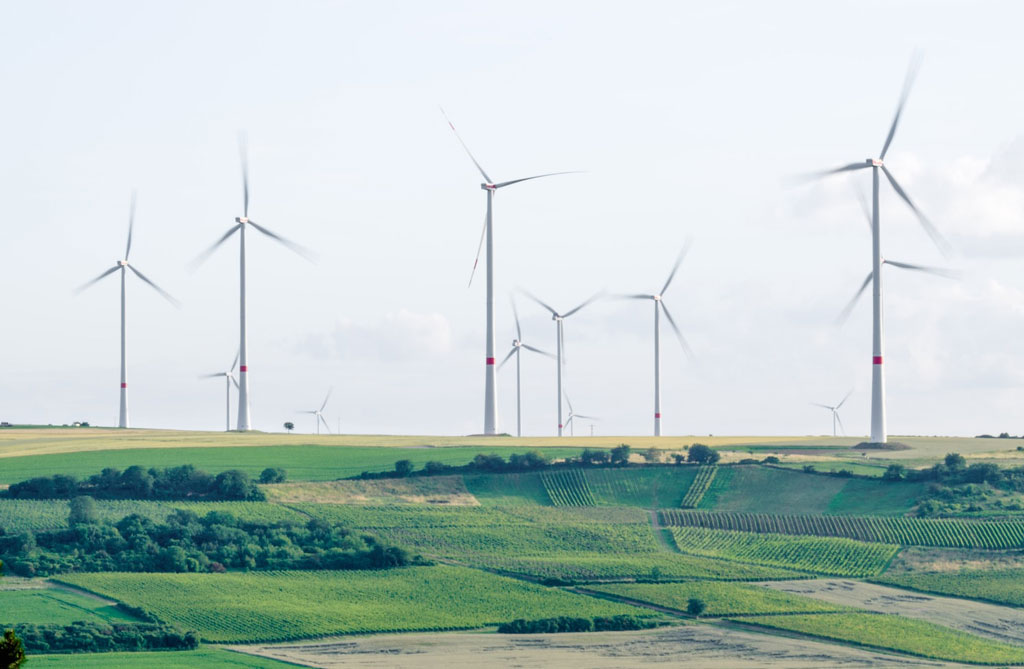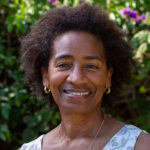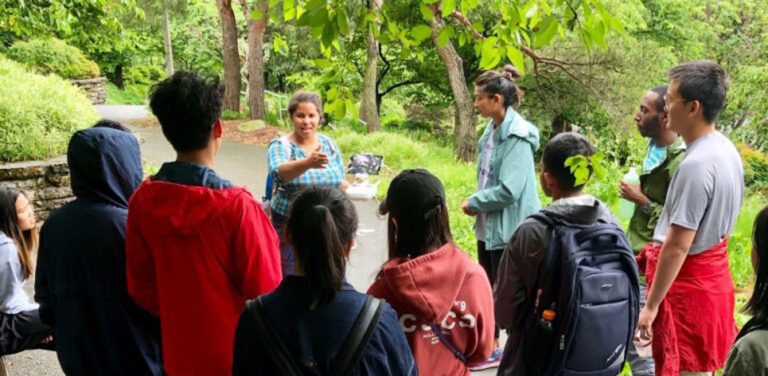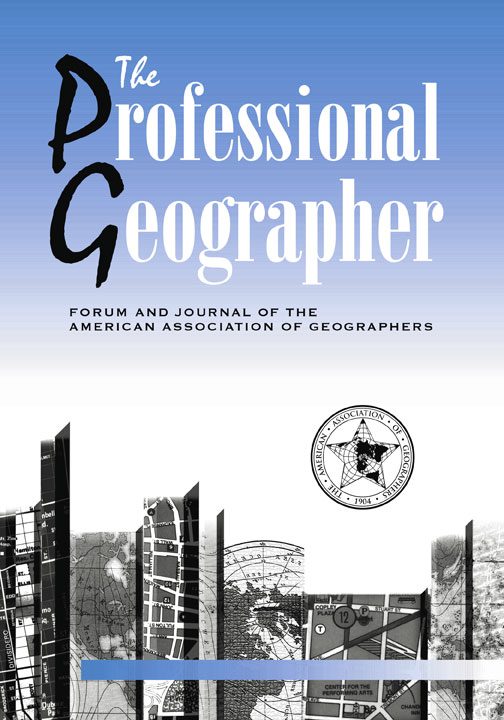Geography and Geographers in a Changing World


October and November are AAG Regional Meetings months, and I was preparing to go to my first as AAG President. As is customary, I asked what members would like to hear about, and was offered a number of different but related topics including “anything related to the future of geography and the role of the AAG.” The latter was especially important because a large proportion of the members attending the regional meetings are students — graduate and undergraduate. Instead of choosing a single topic, I integrated the two, and before I knew it, I had committed myself to speaking on Geography and Geographers in a Changing World.
Now, anyone looking at that title would instantly realize that this is not a 40-minute oral presentation; rather, it is the topic of a multi-authored manuscript (for example, this one) suitable for publication in a medium much like the Annals, or an edited book suitable for use in a “History of Modern Geography” class. In fact, a day or so after the presentation I casually googled the topic and found several related titles, including Gilbert White’s Geographers in a Perilously Changing World.
Graduate and undergraduate students in our discipline are trying to put their geographical education and their hopes for jobs into context as they prepare to leave university. They are entering a world that is more interconnected than ever — the speed with which information and misinformation are spread via social media is one example of that connectedness. Another is the reliance on mapping technologies for nearly everything, from finding the fastest route home through traffic to understanding public health trends. Our students face a world in which the economy is unstable, the global political state is tenuous, the climate is changing, and environmental degradation is a perennial problem. And, if that wasn’t bad enough, we have just experienced three years of a pandemic that has fundamentally changed the way we live and work.
Our students are so concerned about these issues that they are wondering how their geographic education is going to help them find jobs as well as answers to these pressing problems. Indeed, they are demanding a truly synthetic geography education that gives them a broad toolkit to tackle the world into which they will graduate. To meet their questions, it is worth reminding ourselves of who we are as geographers, from where we’ve come and to think about where we might be going. And how we fit into today’s world. It helps to take stock of what has happened in context, as we move to the next phase.
Changes in Geography and the AAG
“Change is a constant” is an overused phrase, but it is good to be reminded. Geography has been changing along with the world, very recently as well as over the last few decades. The discipline was once the static study of place concerned with how things are arranged on earth’s surface, with the map being the geographer’s tool. Geography’s quantitative revolution and the technological development of computers in the mid-20th century facilitated the development of geographic information systems (GIS), initially the tool of geographers but now used almost universally where spatial data analysis is needed. GIS, as well as new ways of thinking about things geographical, for example critical (human) geography and critical physical geography, means that geographers can ask different, arguably better, questions, potentially increasing the richness of their answers.
There has also been significant change in the leadership of the AAG, from one where men were far overrepresented, to one where women are more visible and active as leaders. The Association was founded in 1904. Seventeen years later, it elected its first female President. It took another 63 years before the second female president was elected (1984). Now, in the 21st century, a female president has become commonplace, so much so that I am the third female president in the last three years and next year there will be a fourth.
Other evidence of change within the AAG is apparent in the 2023 Annual Meeting theme: Toward More Just Geographies. This theme was chosen “in recognition of the urgency, centrality, and interdependence of equity, inclusion, diversity, and justice within our discipline and in the world” and reflects a core shift within the institution, matching changes that are occurring worldwide. This is not a singular action, but part of a fundamental change in the ways in which we operate. The AAG is now implementing a Council-approved 3-Year JEDI (justice, equity, inclusion and diversity) strategic framework.
The Outlook for Geography (as the Landscape Changes)
The point that I am making is that even with all of the changes that are occurring around us and within our organization, the core geographic ideas will not change. Geography, as in what we do, will change. A perfect example is how GIS has allowed us to ask new questions and to frame pre-existing questions differently, while still focusing on the richness of space moving from the static study of places on maps to the more revealing and arguably more interesting concepts such as the processes underlying the formation and interconnectedness of these places. A present-day working definition of geography is now closer to something like this: Geography examines human (e.g., social, cultural, economic, political) and physical (eg climatological, geomorphological, biogeographical) phenomena within the context of space, that is to say, how their location and their connections to others over space contribute to their characteristics and impacts and to the definition of the others.
The tools of geography are being used by other disciplines, and not just GIS. What I mean is that the interdisciplinary approach to understanding is becoming (or has become) commonplace. The contemporary movement in the social sciences, where I note many geography departments are housed, is towards addressing questions of global interconnection; migration, urbanization; environmental sustainability; climate change and its impacts, among others. There is a movement toward the use of more synthetic approaches to answer these questions. The synthetic approach is embedded in geography as is evident in the working definition that I outlined above and practiced in approaches like critical physical geography (and including critical remote sensing, qualitative GIS).
Finally, the demographic makeup of geographers is changing (or becoming more evident)
I am especially delighted that we see more geographers, representing many more identities: cultural, gender, ability/disability, and ethnic identities bringing with them a greater diversity of experience and knowledge. This expanding diversity means that different points of view are being introduced and incorporated into the body of geography. This can only make for a healthier discipline. There has never been a better time to be a geographer.
DOI: 10.14433/2017.0119
Please note: The ideas expressed in the AAG President’s column are not necessarily the views of the AAG as a whole. This column is traditionally a space in which the president may talk about their views or focus during their tenure as president of AAG, or spotlight their areas of professional work. Please feel free to email the president directly at raphael [at] geog [dot] ucla [dot] edu to enable a constructive discussion.


